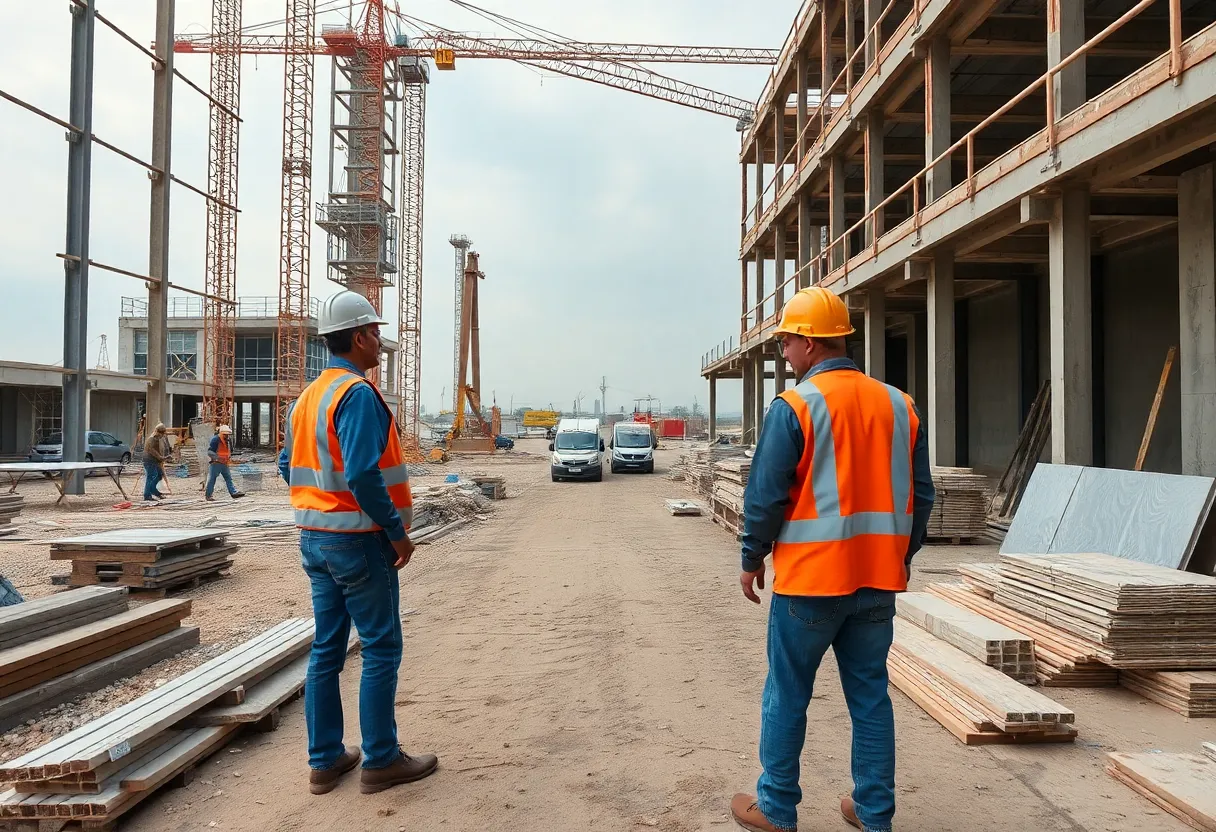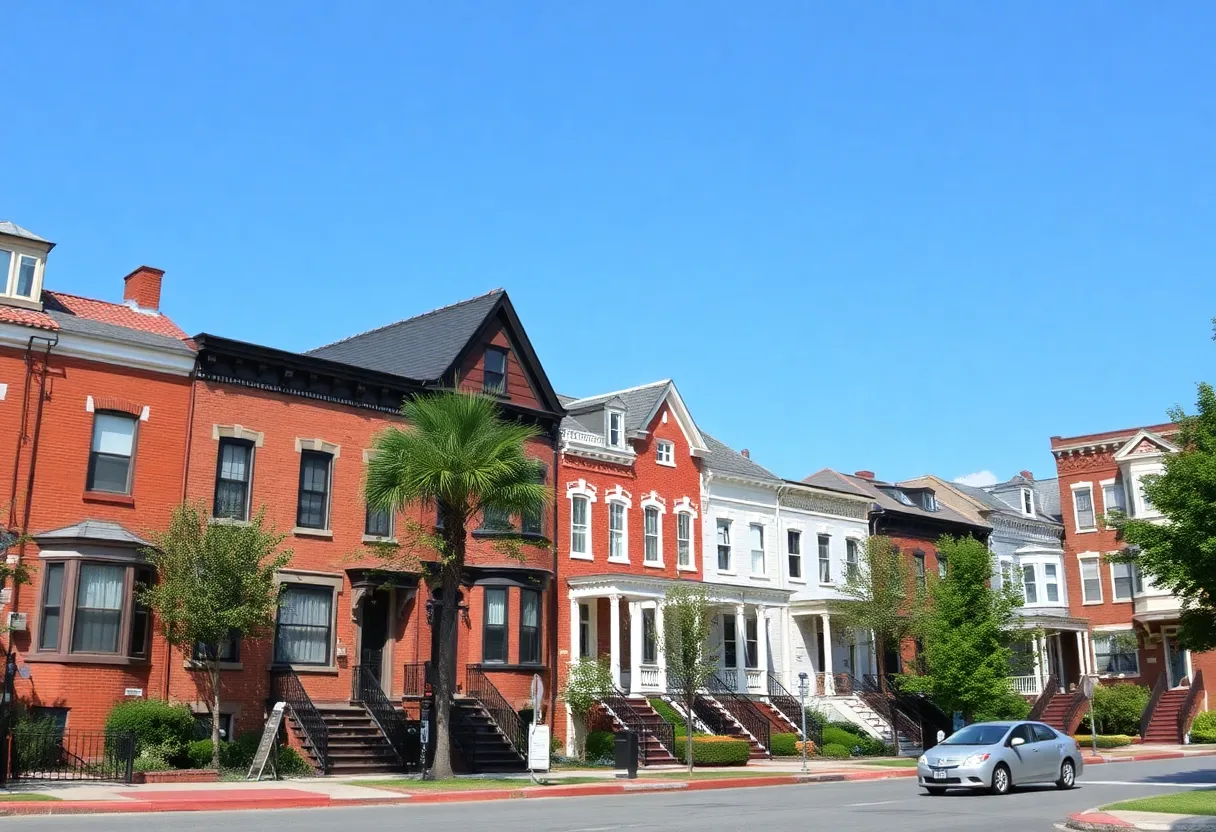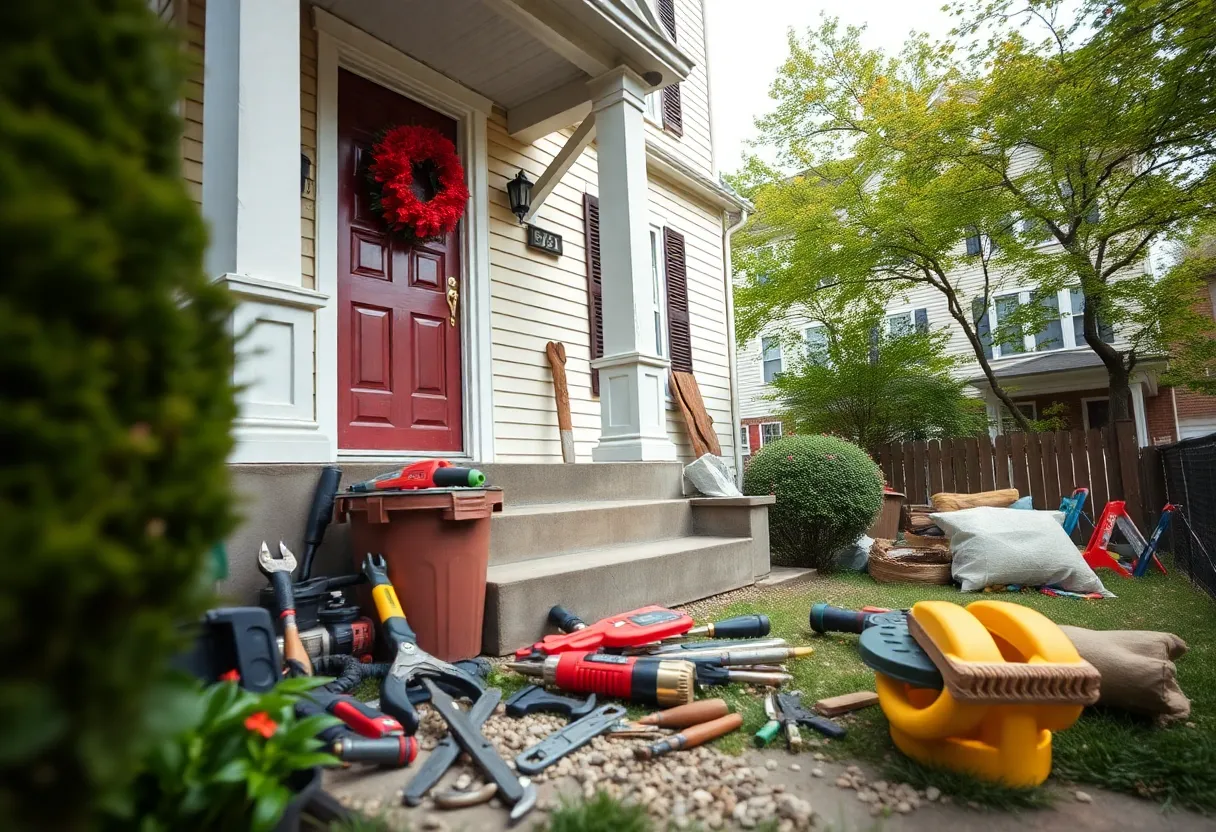News Summary
Small construction firms are grappling with labor shortages and rising material costs, leading to a decline in their project backlog. While larger firms continue to thrive, smaller companies face significant hurdles in maintaining profitability and project timelines. With 92% of construction firms struggling to find qualified workers, the sector suffers from project delays and an estimated annual loss of $10.8 billion due to workforce shortages. Urgent calls for immigration reform and enhanced recruitment efforts are necessary to address these challenges and ensure a sustainable future for the industry.
City – Small construction firms are facing increasing challenges due to labor shortages and high material costs, impacting their project pipelines and overall sustainability. Data reveals that contractors with annual revenues under $30 million are experiencing a significant decline in backlog, a sharp contrast to their larger counterparts, who continue to see expansion in their project opportunities.
In August, the backlog for smaller construction firms decreased, indicating a troubling trend for those operating below the $30 million revenue mark. This situation is compounded by ongoing declines in nonresidential construction spending, as noted by industry experts. Meanwhile, larger firms generating over $100 million annually are able to maintain stable or growing project pipelines, creating a widening gap in the industry.
The heavy industry and infrastructure sectors retain a steady backlog, but the commercial and institutional backlogs have suffered, dropping nearly one month to a current average of 8.3 months. The decreasing private construction work has been linked to skyrocketing material costs, uncertainty surrounding policies, and a resurgence of labor shortages, further straining smaller firms.
Tariffs have contributed to significant project disruptions, with around 25% of contractors reporting delays or cancellations due to these added costs. While contractor confidence appears stable, the uncertainty of future economic conditions complicates the overall outlook for the construction sector.
The Elevate 2025 conference has underscored the escalating workforce crisis within the construction industry, with industry leaders calling it a national security threat. The panel discussions highlighted the urgent need for comprehensive immigration reform and targeted recruitment initiatives aimed at bringing veterans and women into the workforce, addressing the glaring labor shortages.
The Labor Secretary has recognized the importance of creating accessible immigration systems for businesses that depend on foreign workers. However, statistics show that many veterans exit their first civilian jobs within a year, highlighting a pressing need for effective retention strategies across the sector. Alarmingly, only 10% of construction firms fully utilize temporary work visa programs, even in the face of persistent labor shortages.
A recent survey revealed that 92% of construction firms are struggling to find qualified workers, resulting in notable project delays. Indeed, worker shortages have emerged as the primary factor for such delays, with 78% of firms reporting disruptions over the past year. The economic implications of these labor shortages are staggering; the construction industry is losing an estimated $10.8 billion annually due to extended project timelines linked to the lack of available workers.
The pandemic exacerbated workforce issues, with the construction industry having lost nearly a million jobs. Unfortunately, many of those workers have not re-entered the labor market since the crisis. Furthermore, the heavy reliance on undocumented immigrant labor has led to increased construction delays and budgetary challenges.
A concerning trend has surfaced regarding female participation in construction roles, with nearly half of firms citing poor leadership as a key factor driving women away from the field. This signals an urgent need for capable role models and professional support to assist women pursuing careers in construction.
In a glimmer of hope, the demand for construction labor has risen, with the number of open jobs increasing by 26% by the end of July, reaching its highest level in over a year. To combat the persistent labor shortages, the construction industry is investing in workforce development and technology enhancements.
Finally, the Associated General Contractors (AGC) has called for increased funding for vocational education to address the long-term workforce challenges facing the construction industry, emphasizing the need for strategic investments in training and development to build a robust future workforce.
Deeper Dive: News & Info About This Topic
HERE Resources
Baltimore City Council Examines Annual Financial Report Amid Concerns
Norfolk School Board Delays Vote on School Consolidation Plan
Burns & McDonnell Opens Construction Academy in Pearland
Baltimore Man Pleads Guilty to COVID-19 Relief Loan Fraud
Westside Community Schools to Resume Classes After Water Line Break
Kyrene Elementary School District Considers School Closures
Burlington Businesses Struggle Amid Great Streets BTV Project
Demolition Disrupts Downtown Baltimore Amid Fire Aftermath
Lane Closures at Atlanta Airport for Construction
Fishing Success and Wildlife Conservation in the Adirondacks
Additional Resources
- Construction Dive: Labor Crisis as National Security Issue
- Scotsman Guide: Labor Shortages and Immigration Crackdowns
- AZoBuild: Article on Construction
- Wikipedia: Construction Industry
- Axios: Trump and Immigration Impact on Construction
- Google Search: Construction Labor Shortage
Author: STAFF HERE BALTIMORE WRITER
The BALTIMORE STAFF WRITER represents the experienced team at HEREBaltimore.com, your go-to source for actionable local news and information in Baltimore, Baltimore County, and beyond. Specializing in "news you can use," we cover essential topics like product reviews for personal and business needs, local business directories, politics, real estate trends, neighborhood insights, and state news affecting the area—with deep expertise drawn from years of dedicated reporting and strong community input, including local press releases and business updates. We deliver top reporting on high-value events such as the Baltimore Book Festival, Preakness Stakes, and Artscape. Our coverage extends to key organizations like the Baltimore Chamber of Commerce and Visit Baltimore, plus leading businesses in shipping and healthcare that power the local economy such as the Port of Baltimore and Johns Hopkins Medicine. As part of the broader HERE network, we provide comprehensive, credible insights into Maryland's dynamic landscape.





